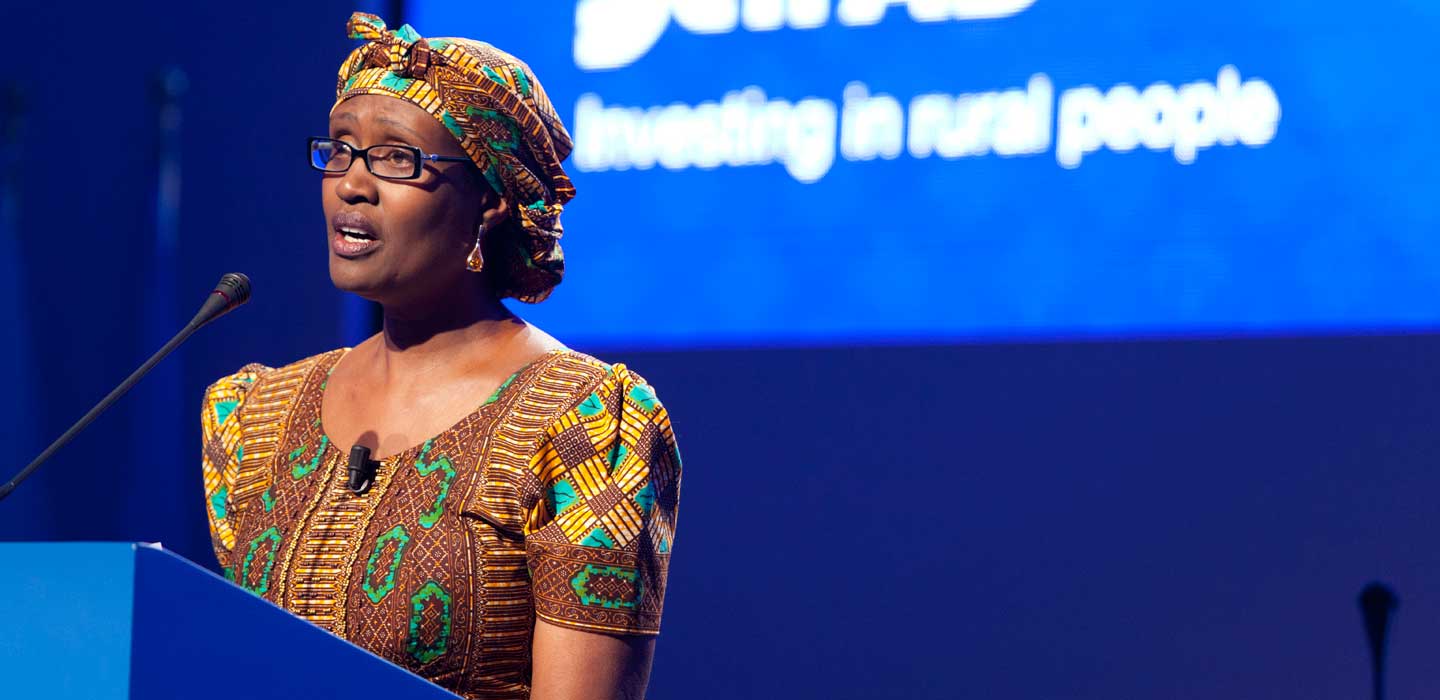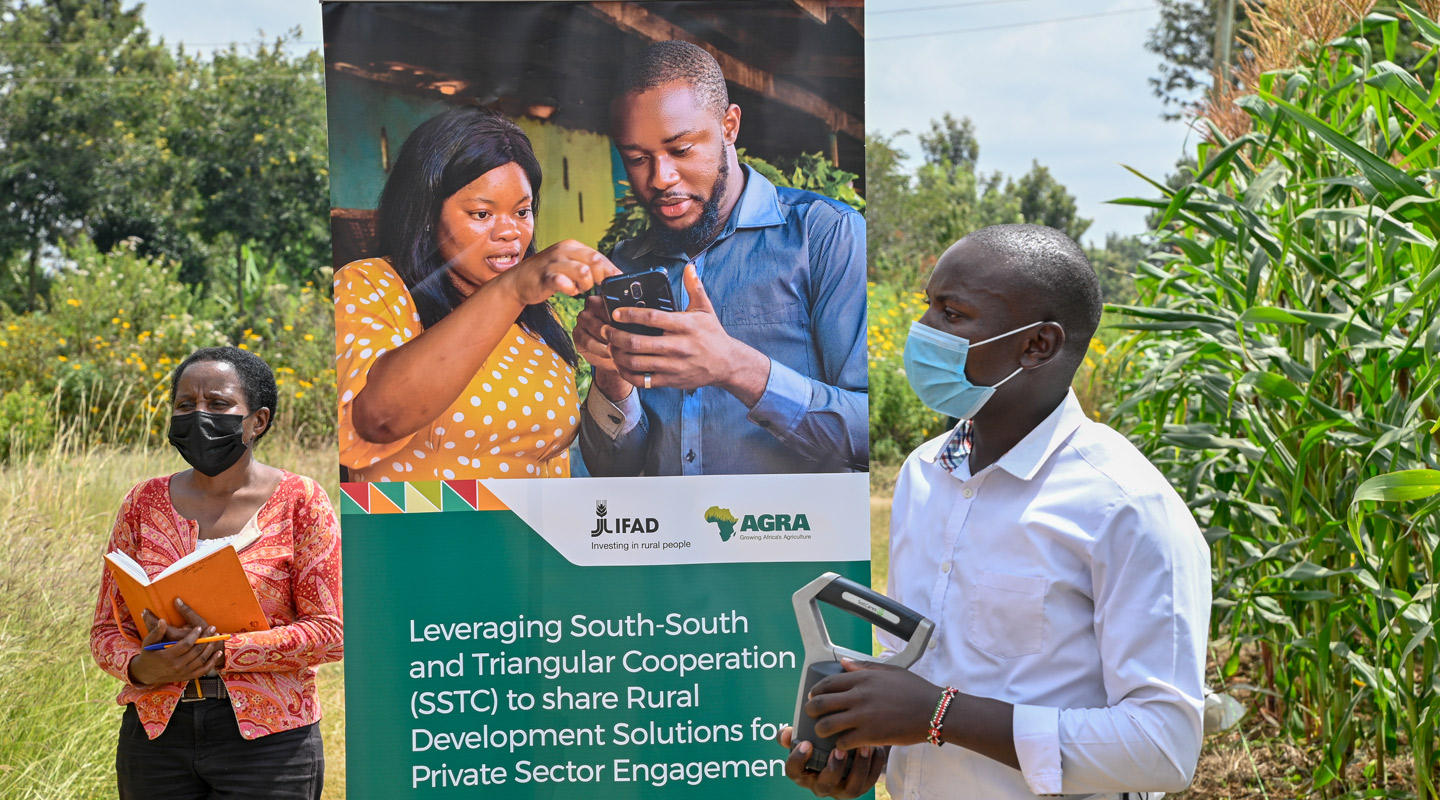Non-governmental organizations (NGOs)
Non-governmental organizations (NGOs) banner

Non-governmental organizations (NGOs)
Non-governmental organizations (NGOs)
Partnering with civil society
Working with civil society organizations and NGOs is key to IFAD’s work to reduce global poverty.
We partner with NGOs in a number of ways. At the local level, projects and programmes supported by IFAD often leverage the experience of NGOs and their local knowledge for project implementation. Local NGOs are often able to reach segments of rural populations that government agencies neglect or do not target as a priority.
IFAD also supports NGOs on regional and global advocacy and research initiatives and aims to provide civil society partners with a platform to advocate for poor rural people.
Some examples of IFAD's partnerships with NGOs include working with:
- Making Cents International to promote youth wage and self-employment.
- NGO Welthungerhilfe (Agro Action Allemande) and the World Food Programme to rehabilitate watersheds in Haiti that have been harmed by deforestation and erosion.
- InterAction, an alliance of more than 200 NGO member organizations, to develop food security aid maps and tools.
- OXFAM-Novib to strengthen the rights of indigenous peoples and smallholder farmers in Peru, Vietnam and Zimbabwe.
Spotlight
Spotlight
Transforming rural agriculture through technology and innovation
Despite the African continent holding the world’s most arable land and the agricultural sector employing over half of the population, Africa is still struggling with food production and food insecurity.
Experts
Related news
Related publications
Related publications
On Air Dialogues – Listening to Rural Africans
Farm Radio International’s On Air Dialogues gathered the perspectives and experiences of rural people in Ethiopia and Burkina Faso as they contend with climate change. People responded to poll questions and left voice messages sharing their opinions on and experiences of climate change and what global leaders should do to help them adapt and prosper.
On Air Dialogues – Listening to rural people
In partnership with six radio stations in Burkina Faso, Ghana, Tanzania, and Uganda, Farm Radio International asked small-scale farmers, vendors, processors, marketers, and others how the food system should be changed to meet their needs and the needs of their communities.
IFAD and NGOs - Dynamic partnership to fight rural poverty
IFAD’s collaboration with NGOs began shortly after the creation of the Fund, when it supported the Small Farmer Agricultural Credit Project in Bangladesh.

